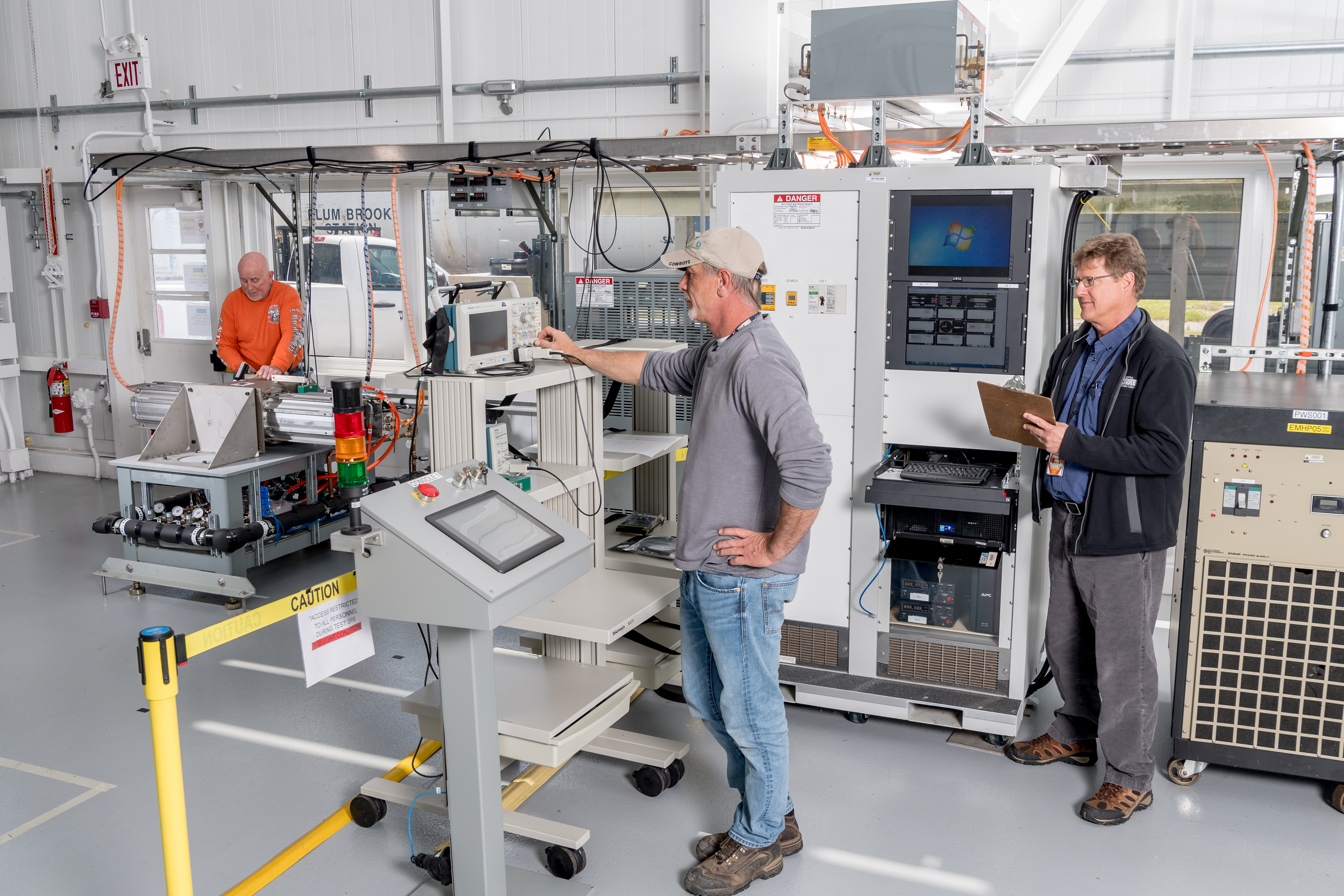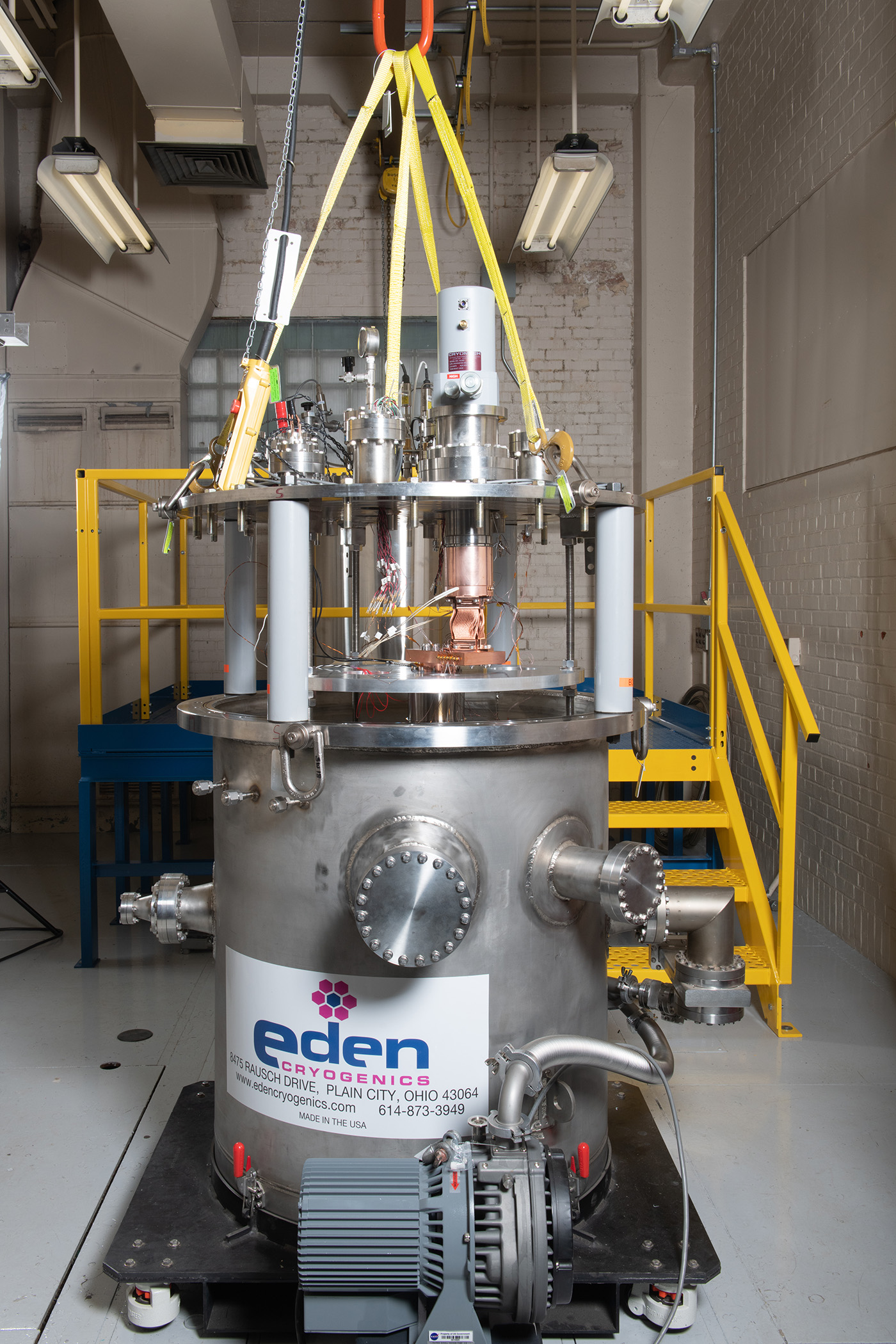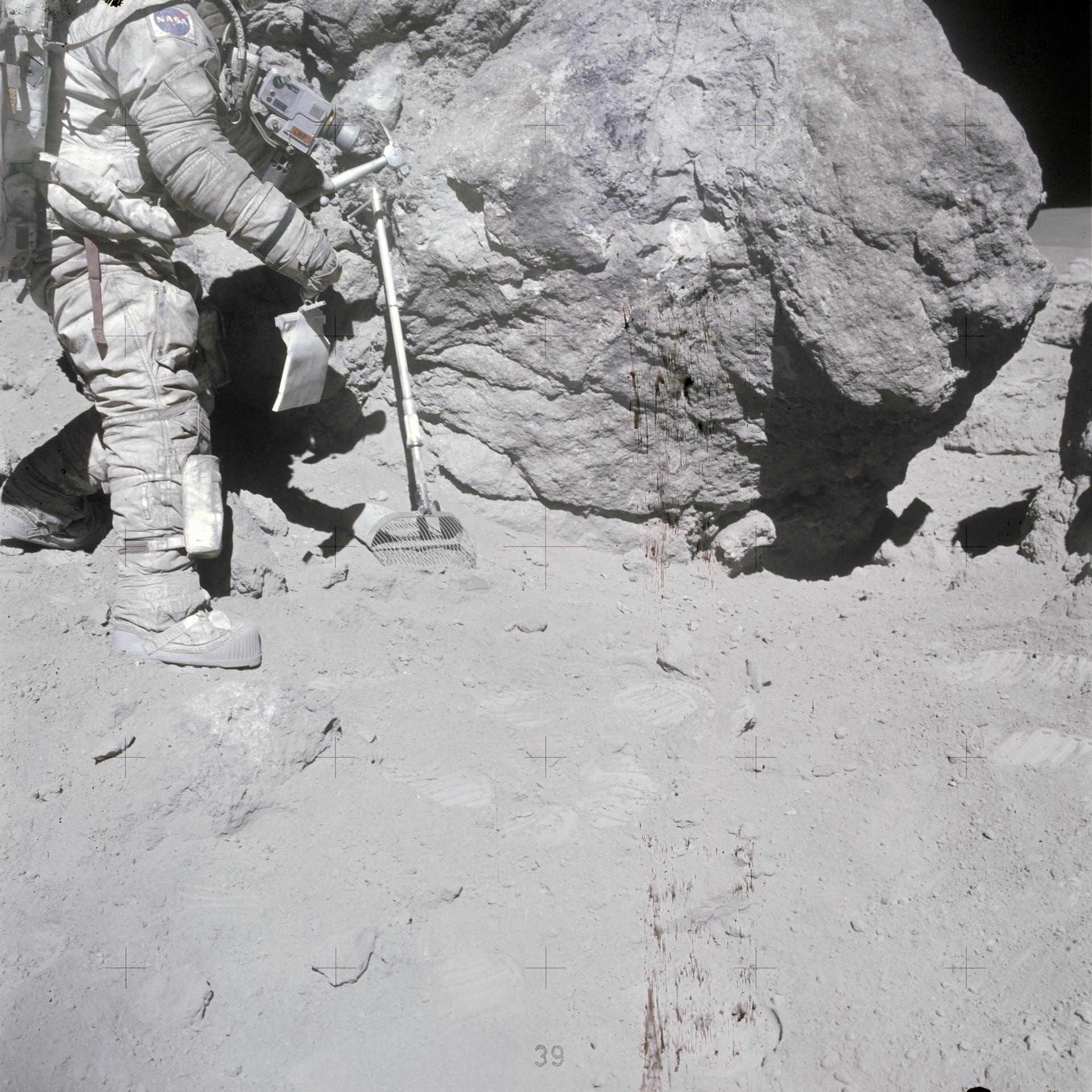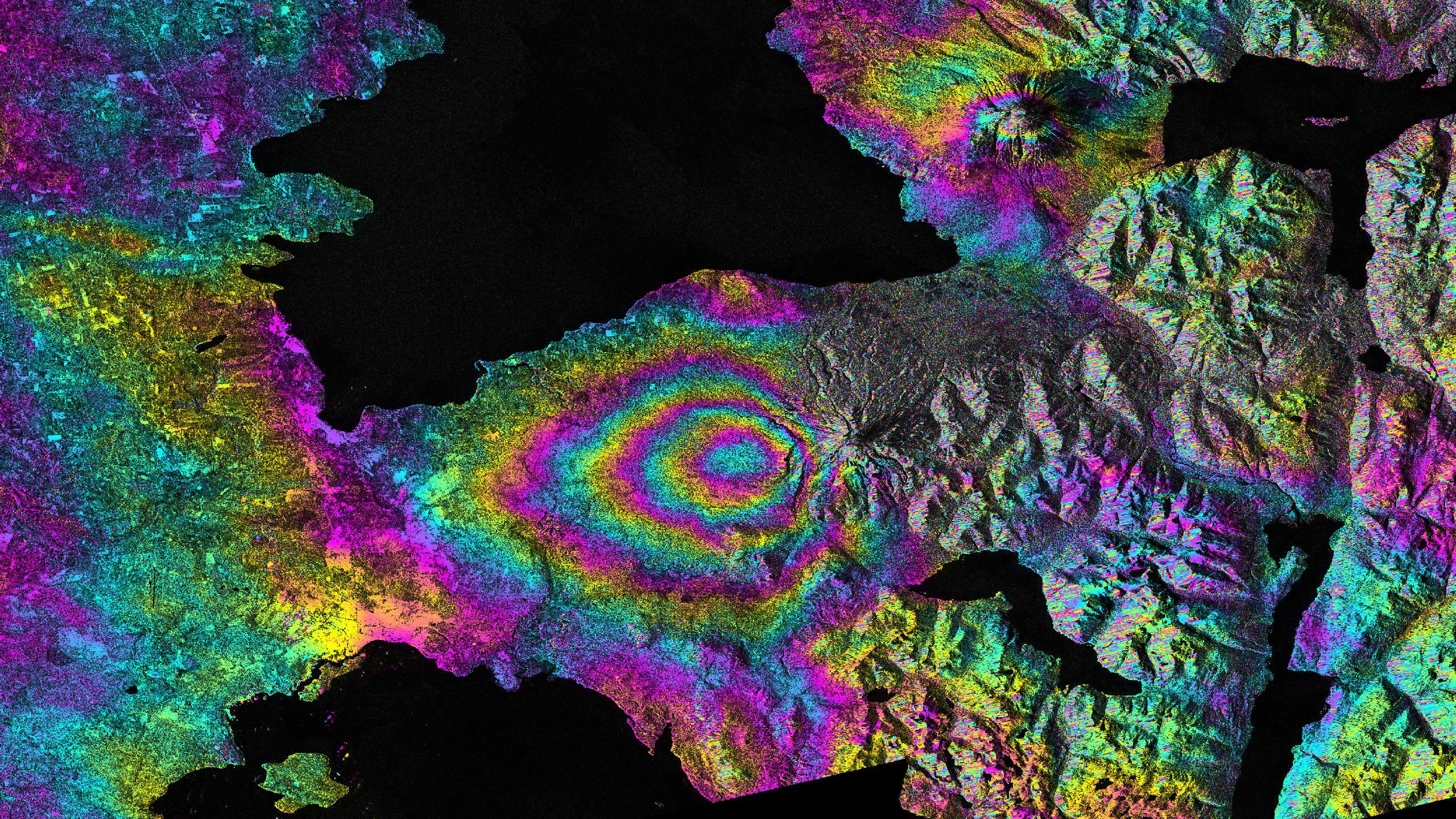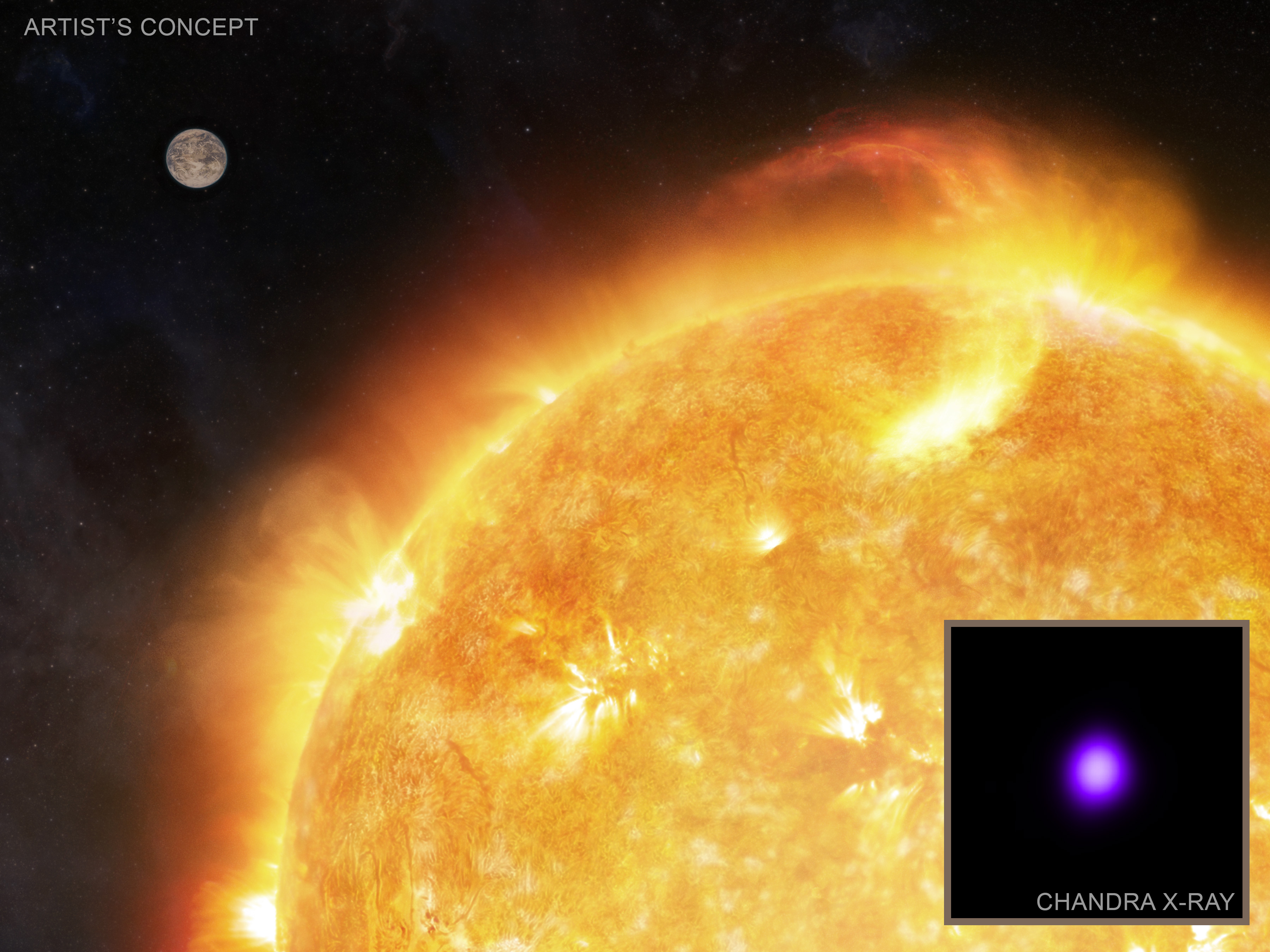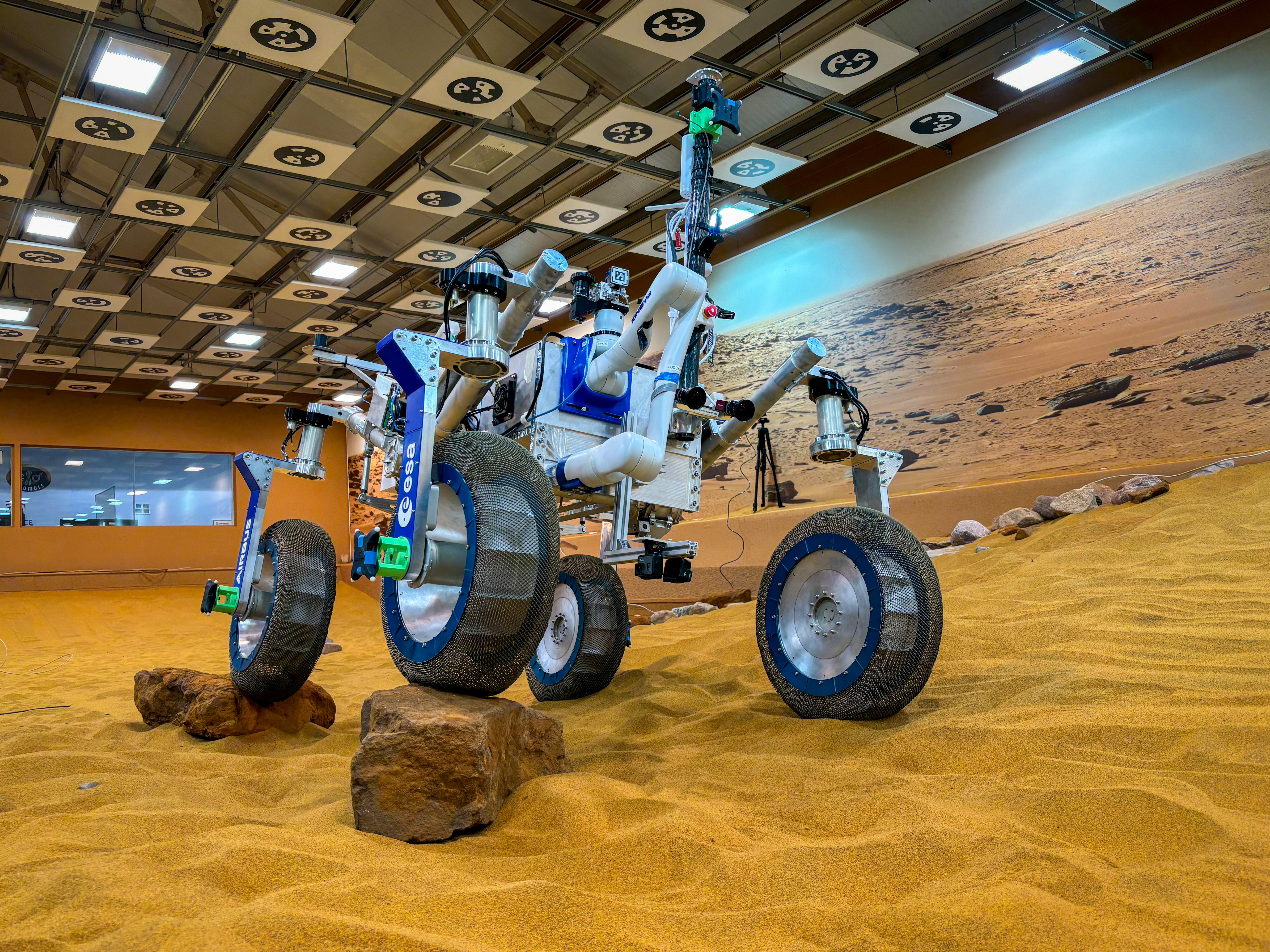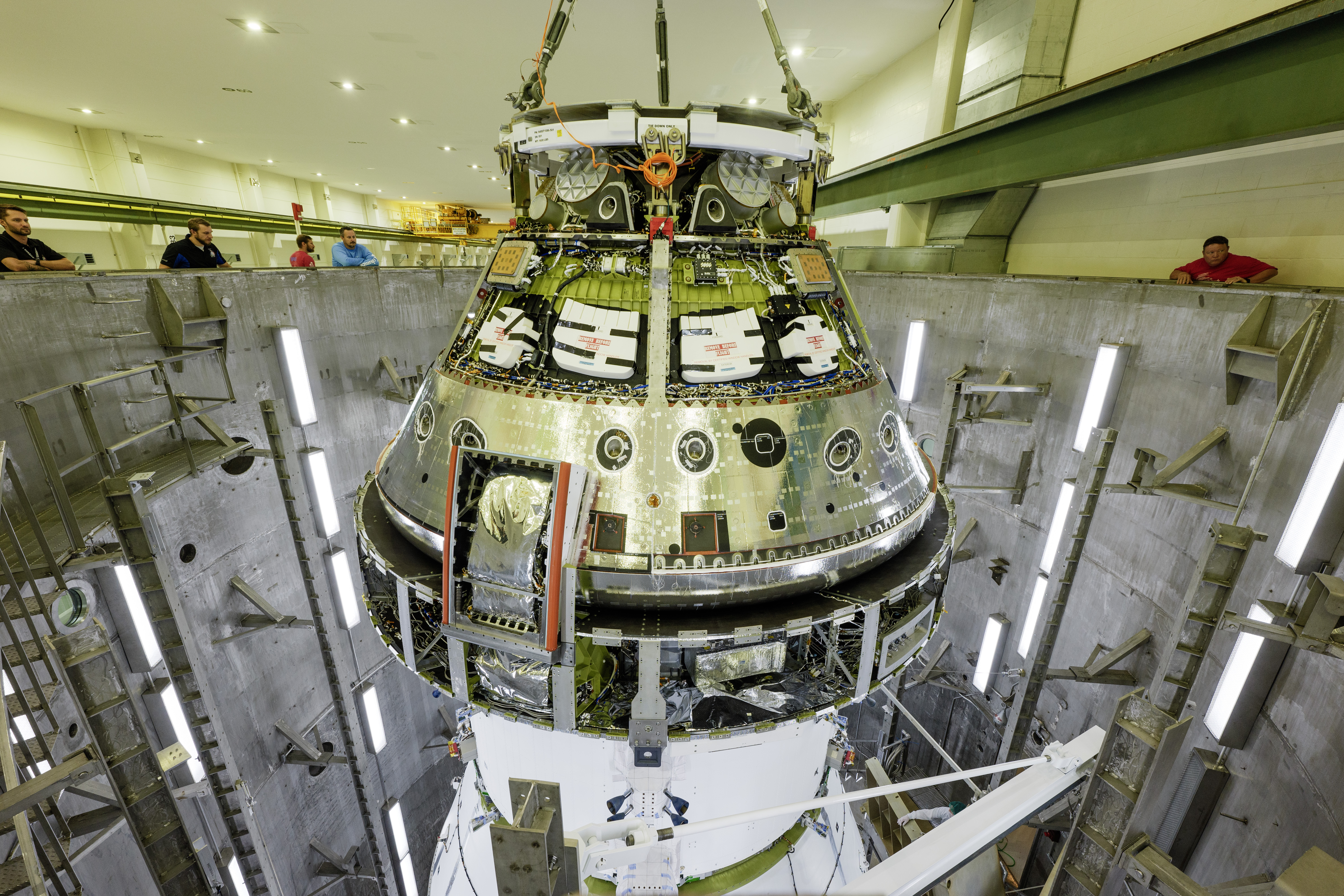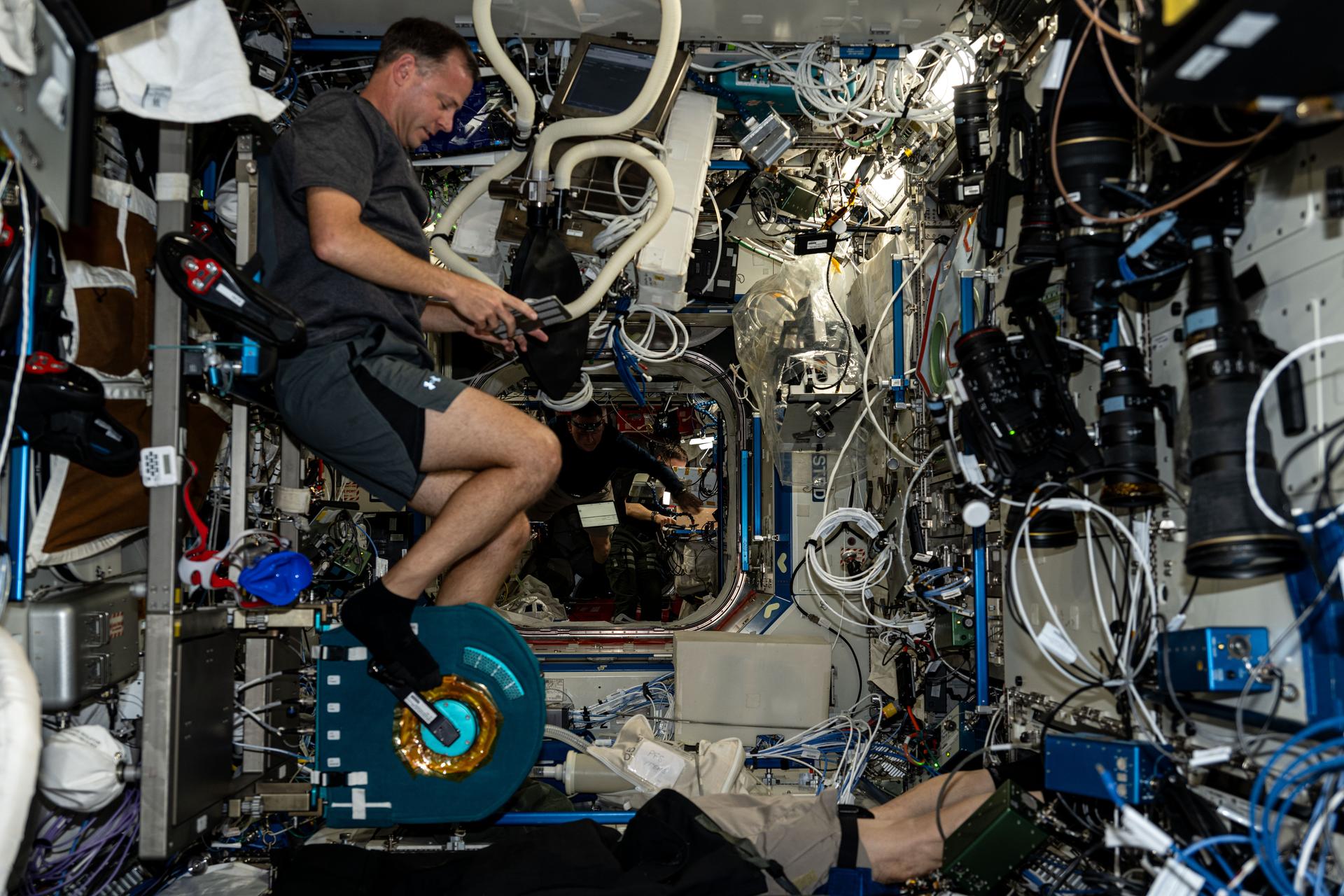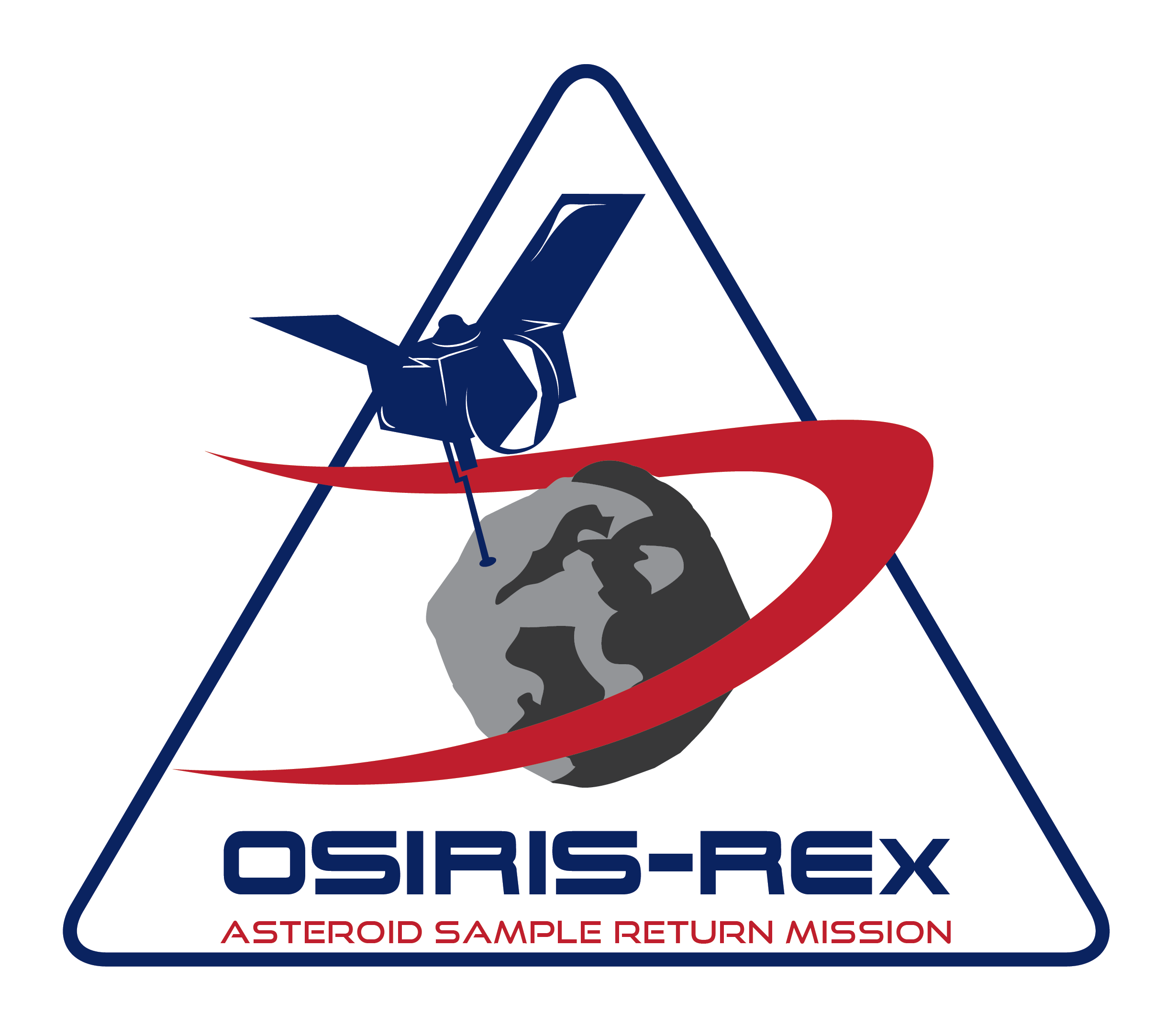
OSIRIS-REx
Origins, Spectral Interpretation, Resource Identification, and Security – Regolith Explorer
LEARN MORE
Frequently asked questions
2023 Sample Delivery updates

Overview
Launched on Sept. 8, 2016, the Origins, Spectral Interpretation, Resource Identification, and Security-Regolith Explorer, or OSIRIS-REx, spacecraft traveled to a near-Earth asteroid named Bennu (formerly 1999 RQ36). It collected a sample of rocks and dust from Bennu’s surface on October 20, 2020.
The spacecraft delivered the sample to Earth on Sept. 24, 2023 when it released a capsule with grains of Bennu over Earth’s atmosphere. The capsule parachuted to the Department of Defense’s Utah Test and Training Range, where the OSIRIS-REx team was waiting to retrieve it.
Scientists hope the Bennu sample will reveal whether asteroids that collided with Earth billions of years ago thereby delivered water and other ingredients for life to our planet.
OSIRIS-REx Sample Landing
To view more images from the Sept. 24, 2023, asteroid sample arrival in Utah,
visit NASA’s OSIRIS-REx Flickr gallery.
OSIRIS-REx Blog

NASA’s OSIRIS-REx Team Clears Hurdle to Access Remaining Bennu Sample
Curation team members at NASA’s Johnson Space Center in Houston have successfully removed the two fasteners from the sampler head that had prevented the remainder of OSIRIS-REx’s asteroid Bennu sample material from being accessed.

NASA’s OSIRIS-REx Achieves Sample Mass Milestone
The curation team processing NASA’s asteroid Bennu sample has removed and collected 2.48 ounces (70.3 grams) of rocks and dust from the sampler hardware – surpassing the agency’s goal of bringing at least 60 grams to Earth.

Initial Curation of NASA’s OSIRIS-REx Sample
The initial curation process for NASA’s OSIRIS-REx sample of asteroid Bennu is moving slower than anticipated, but for the best reason: the sample runneth over.
Explore OSIRIS-APEX
OSIRIS-APEX, a follow-on to OSIRIS-REx, will study the physical changes to asteroid Apophis after the asteroid’s rare close encounter with Earth in 2029.
Learn More about Explore OSIRIS-APEX

